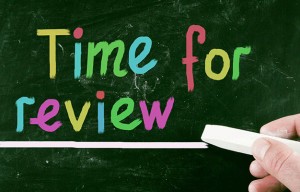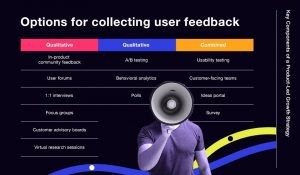
In today’s fast moving and demanding marketplace, front-line employees must be equipped to handle customer requests in a more nimble, knowledgeable, and engaging manner. Simply checking the box and “processing” requests isn’t enough to keep customers happy. Engagement–being able to connect at a more emotional level–is proving time and again to be a key differentiator. Products, services and often, even price, isn’t what sets companies apart from one and other – it’s the customer experience and how they feel when they’ve completed the contact. Customers overwhelmingly show appreciation for good customer service with their wallets and dissatisfaction with their feet.
So what can a company do to lead the pack when it comes to customer engagement? The journey to providing great customer interactions start with training and ends with coaching. Understanding the customers’ needs and coaching our teams to deliver on those needs is the number one thing we can do to improve the customer experience. To remain competitive, we should recognize that coaching is essential to build needed capabilities in all employees. Every coaching session should focus on driving behaviors that will provide our customer the best experience possible.
A key coaching element is understanding that ongoing feedback, direction, and validation leads to behavioral changes. Coaching to a final outcome won’t move the needle. To exact lasting change in your employees, you should seek to change their behavior — behaviors will drive metrics and performance. Coaching to metrics alone is not a sustainable or developmental exercise; it is a means to an end for a short-term gain (maybe). Coaching to metrics can produce behaviors that are not best for the business or the customer experience. Avoid shortcuts, and remember that the most successful leaders coach to behaviors, which drive metrics and performance.

Great sports coaches analyze an athlete’s performance and then offer tips for improvement. Once the behaviors are identified, they have the athlete repeat and practice the behaviors over and over and over again until they achieve the desired outcome. The same can be said for coaching front-line employees. Identifying the area of opportunity, focusing on the behaviors that are tied to the desired outcome, coaching to these behaviors and validating understanding is what leads to customer engagement and long-term retention at both the customer and employee level. Coaching is about helping people move to the next level of excellence. The more time you allocate to it; the happier your employees, your customers and you will be.
Instituting a solid coaching plan of action may take some additional time up front, but when in place, it becomes a tool that will improve your team’s performance for the long term, build relationships with employees, and eventually make your job easier. Effective coaching can turn observations into actions that improve performance.
Business & Finance Articles on Business 2 Community(245)






